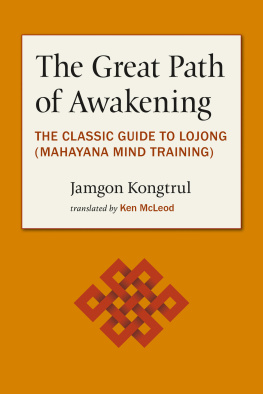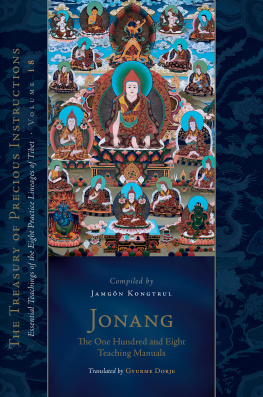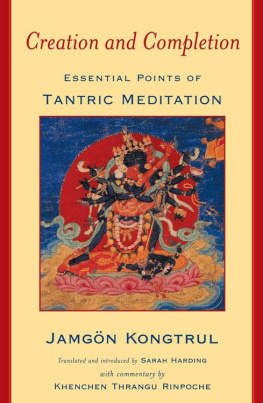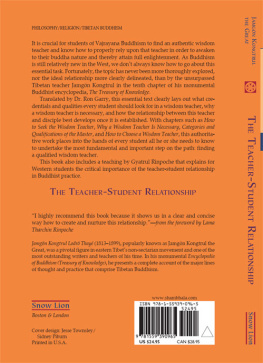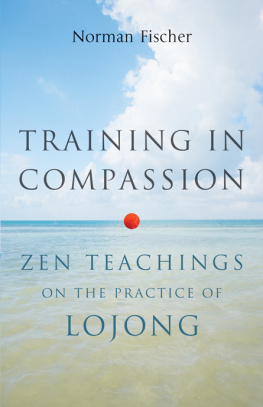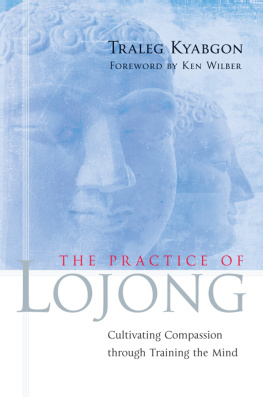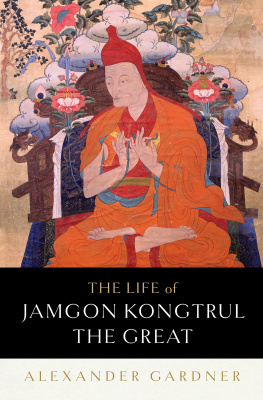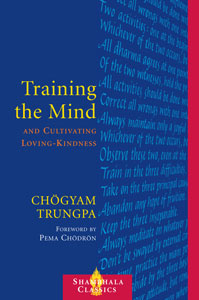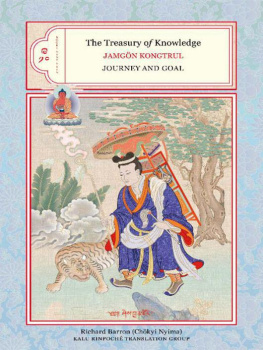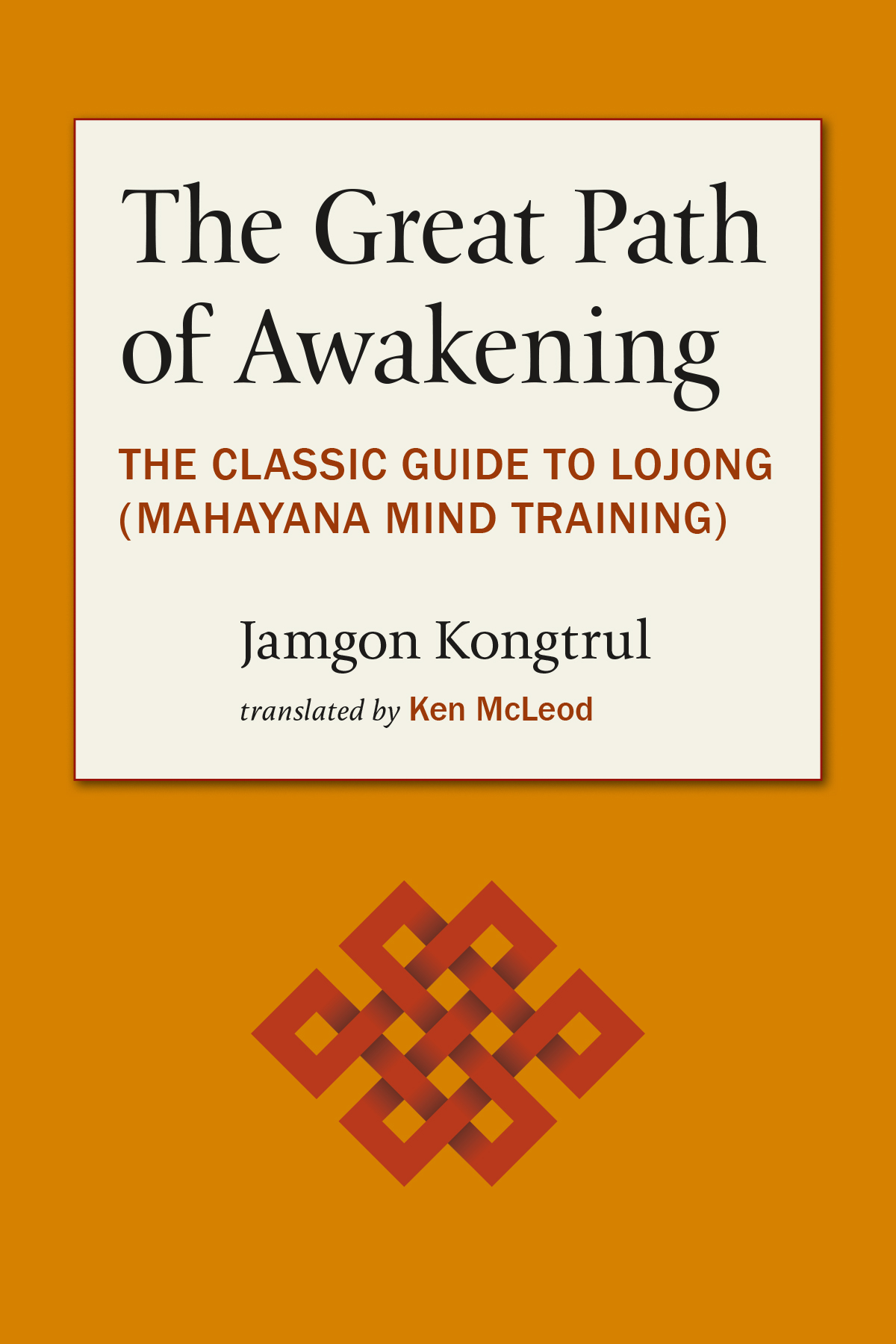Contents
The Great Path of Awakening
The Classic Guide to Lojong (Mahayana Mind Training)
Jamgon Kongtrul
translated by Ken McLeod

Dedication
To my teacher, Kalu Rinpoche, who originally gave me this book and, with it, the opportunity to help others
Preface
It has been more than fifteen years since the first translation of this text was printed by Kalu Rinpoches center in Vancouver, Canada. Buddhism in the West has developed considerably during that time. In particular, many people have been introduced to this teaching and have had an opportunity to practice it. Despite the many shortcomings in my original translation, Kongtrls work has been the focus of study and interest for many students of the dharma. Other works on this topic Advice from a Spiritual Friend , for instancehave also appeared.
In 1979, a French translation of the English text was proposed. Well aware by then of the numerous corrections and improvements that should be made, I took that opportunity to revise the original translation and expand the footnotes. This new translation was subsequently published by Kagyu Ling in France under the title Lalchemie de souffrance . Circumstances prevented me then from preparing a proper English manuscript for publication. Thanks largely to the kindness of Rick Rova and Sue Forster, this essentially new translation is now complete. Many new resources were available for this translation that were not available before. In particular, the Vidyadhara, Chgyam Trungpa Rinpoche, taught extensively on this subject, and his comments and explanations have been extremely helpful.
A few of the changes warrant explanation. The original English title was The Direct Path to Enlightenment . Trungpa Rinpoche noted that this rendering was somewhat misleading in that the Tibetan indicated a main road or highway rather than a shortcut. The present title, it is hoped, reflects that idea more accurately. Further, in the previous edition, The Seven Points were originally attributed to Atisha. It is possible that all or parts of the text that Chekawa composed came from Atisha. Yet there is little direct evidence to justify that attribution and some evidence (for example, the dialect in which it is written) to suggest that it was principally Chekawas composition. What is clear, however, is the importance that Atisha placed on this method as well as the wonderful power in his transmission of these teachings.
With respect to the translation itself, every attempt has been made to render the text in natural English rather than transposed Tibetan. Much of the latter part of the book (points six and seven) is written in a Tibetan dialect. I am grateful to Cyrus Stearns, who worked with Dezhung Rinpoche, for giving me the benefit of his research on these phrases. Written as they are in idiomatic Tibetan, I have attempted to translate them into idiomatic English. Trungpa Rinpoches own rendering has also been helpful and has been included in the Appendix for comparison.
Finally, I would like to thank Jane Gray, Tom Quinn, Eric Lawton, and others for their assistance in editing and improving the text.
Ken McLeod
Los Angeles, 1987
Translators Introduction
In the eleventh century, Buddhism in Tibet was reestablishing itself in the wake of the attempted suppression by Langdarma. one of the leading teachers of his day. Rinchen Zangpo, known as the Great Translator, had repeatedly urged him to come, both on his own initiative and as a representative of kings in western Tibet. In 1042, Atisha finally accepted the invitation.
In Tibet, Atisha worked to establish a proper perspective and understanding for spiritual practice by teaching a synthesis of three lineages of Indian Buddhism: the lineage of Profound Philosophy, which originated with Shakyamuni Buddha and was taught by Nagarjuna His insistence on refuge as the basis for all practice of dharma earned him the epithet The Refuge Scholar.
Earlier in his life Atisha had experienced numerous visions and dreams that consistently pointed out the necessity of bodhicitta for the attainment of buddhahood. He was led to embark on a long sea journey to Indonesia to meet Serlingpa, (11021176). Chekawa had come across them quite by accident. During a visit to a friend, he caught sight of an open book on a bed and read these lines:
Give all victory to others;
Take defeat for yourself.
Intrigued by this unfamiliar idea, he sought out the author and learned that the lines he had read came from Eight Verses of Mind Training

